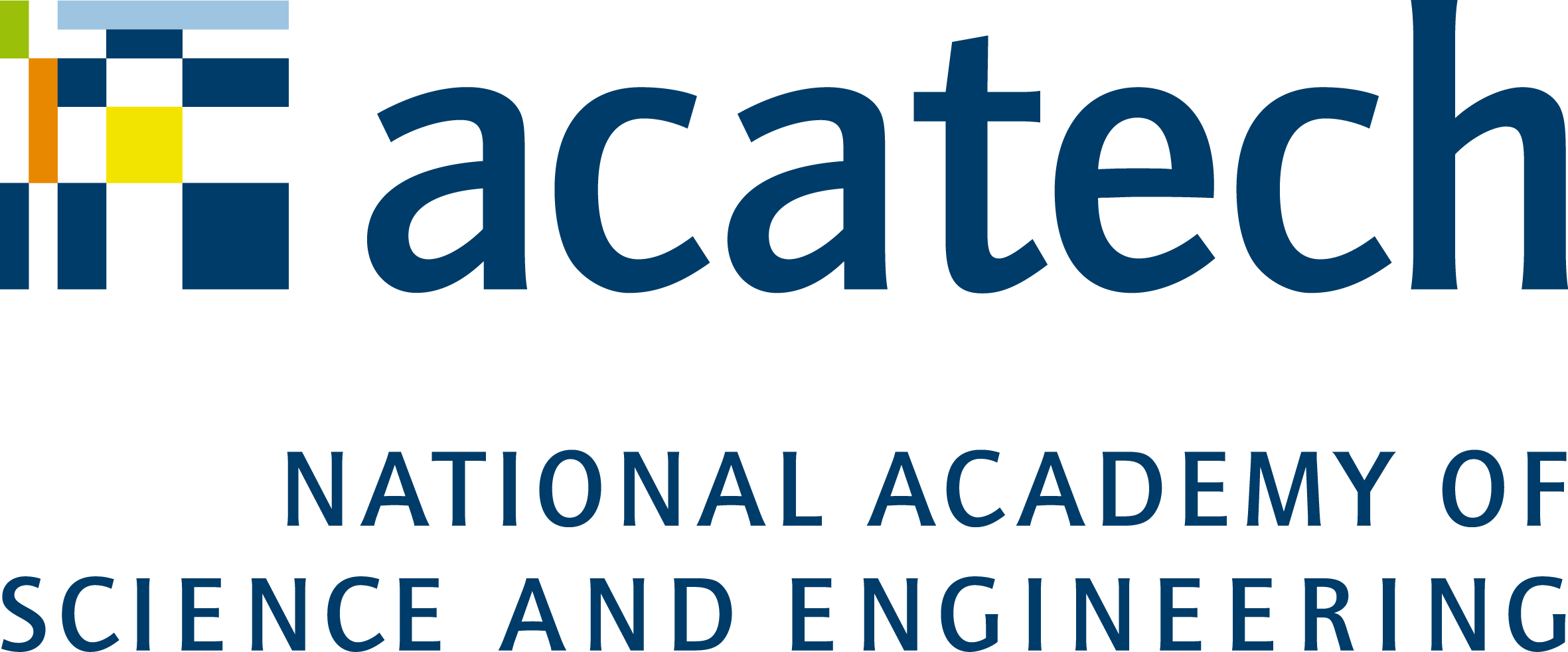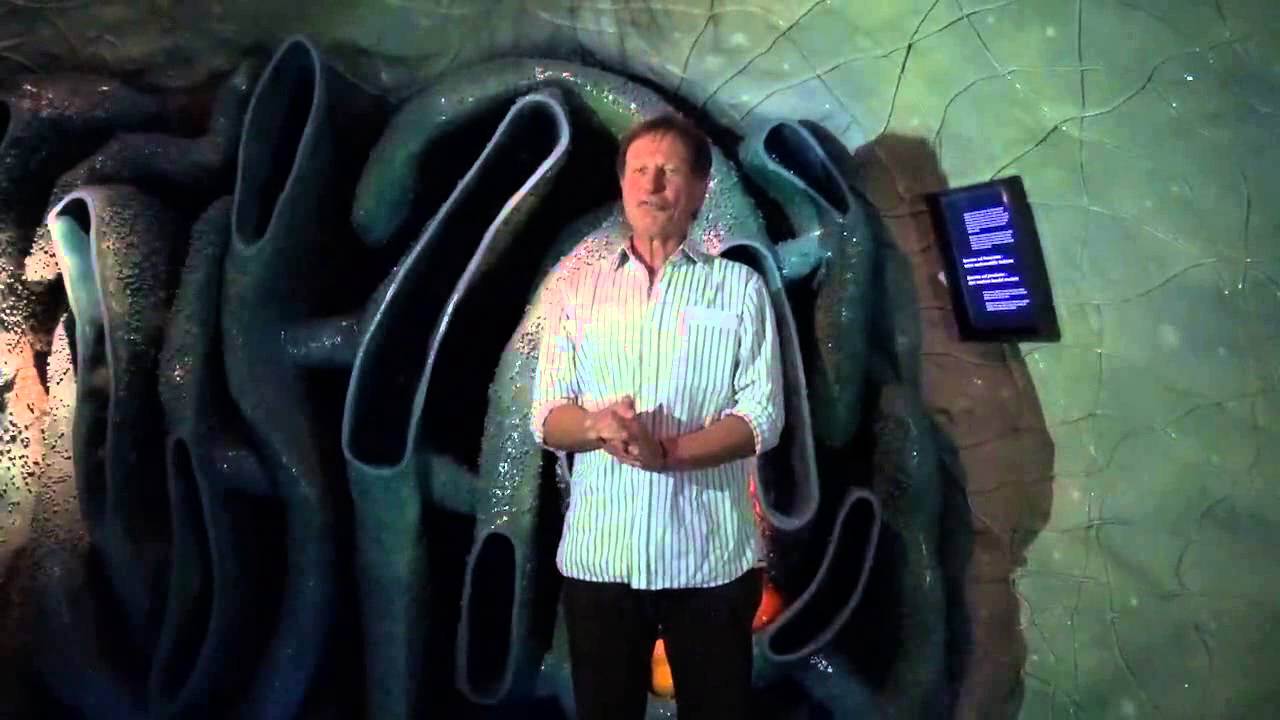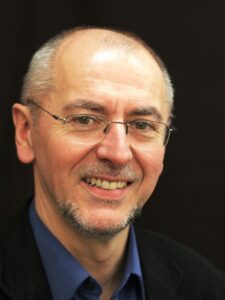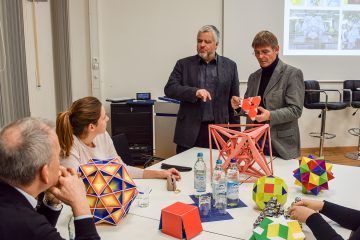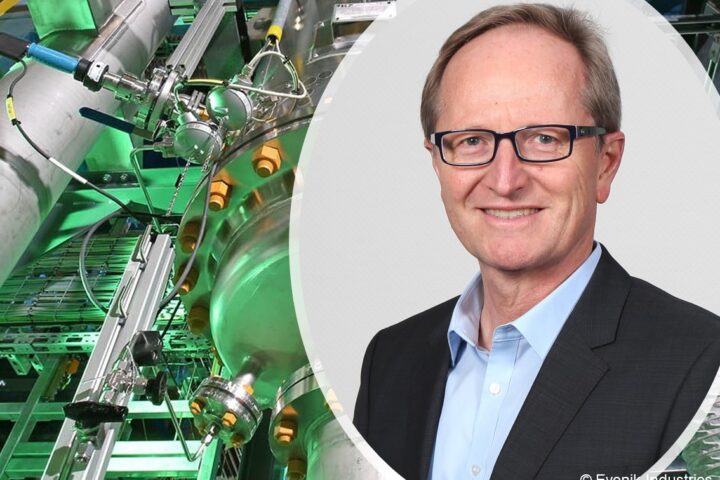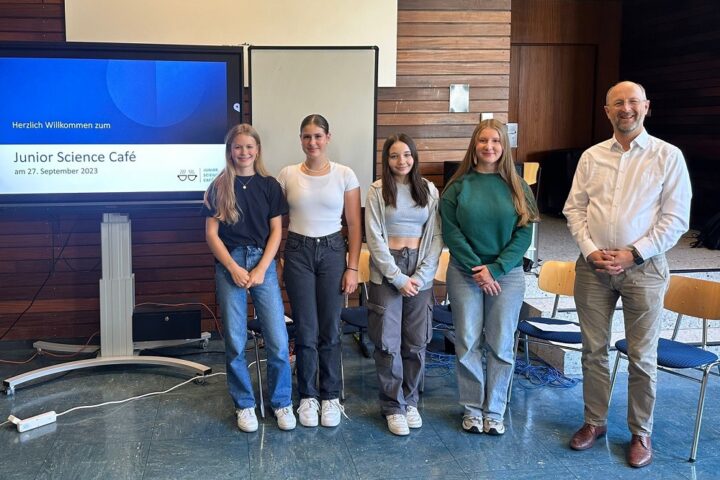Artificial Photosynthesis – Developing Technology Futures

© Pixabay, CC0
Background and aims
The unlimited availability of sunlight makes artificial photosynthesis a promising source of renewable energy, especially in the context of the energy transition. Based on a review of the latest scientific and technological research, this project aims to develop and evaluate “technology futures” for this visionary and inspiring field. Together with representatives of science and industry, representatives of (certain sectors of) the public will also be invited to share their ideas, expectations and fears.
As well as exploring a new field (artificial photosynthesis), in this project the Academy is also carrying out an experiment in technology communication based on research in the social and communication sciences. In particular, it is hoped that the approach developed in this project can be transferred to other technology fields wishing to involve the public in innovation processes from an early stage.
Project group members
- Prof. Dr. rer. nat. habil. Frank Behrendt
Technische Universität Berlin - Prof. Dr. Armin Grunwald
Karlsruher Institut für Technologie (KIT) - Prof. Dr. rer. nat. Wolfgang M. Heckl
Deutsches Museum / TU München - Prof. em. Dr. rer. nat. Dr. h. c. Hartwig Höcker
RWTH Aachen - Prof. Dr. Dr. h.c. Wolfgang Lubitz
Max-Planck-Institut für Chemische Energiekonversion - Prof. Dr. rer. nat. habil. Bernd Müller-Röber
Universität Potsdam - Prof. Dr. rer. nat. habil. Alfred Pühler
Universität Bielefeld - Prof. Dr. Dr. h. c. Bernhard Rieger
Technische Universität München - Prof. Dr. Thomas Scheper
Gottfried-Wilhelm-Leibniz-Universität Hannover - Prof. Dr. rer. nat. Eicke Weber
Fraunhofer-Institut für Solare Energiesysteme ISE
What is artificial photosynthesis?
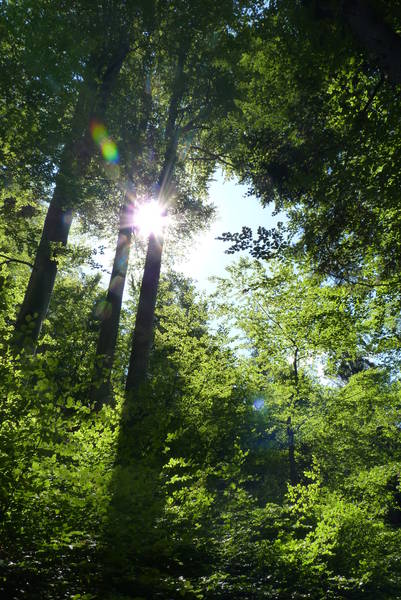
Despite advances in renewable energy, we remain dependent on oil, coal and gas. These fossil fuels formed over millions of years as plants stored solar energy through photosynthesis.
Sunlight is the ultimate renewable resource. The sun delivers 15,000 times more energy than is consumed by the entire human population. One hour of sunlight is enough to power the world for a whole year. So why not simply take a leaf out of Mother Nature’s book and use artificial photosynthesis to tap into this vast source of energy?
Do we want more new technologies?
Functioning, large-scale artificial photosynthesis is still some way off. All around the world, researchers are exploring ways of making fuel from carbon dioxide, water and light. While CO2 is the fundamental building block of these fuels, unlike fossil fuels they do not emit any additional CO2 when they are burned. Moreover, artificial photosynthesis can provide complex molecules for the chemical, food and animal feed industries.
Nevertheless, new technologies are always accompanied by certain risks. Do we want to expose ourselves to these challenges? Can artificial photosynthesis really contribute to the fight against climate change? And is the technology only affordable for wealthy nations, or could it also benefit poor households in developing countries?
Artificial photosynthesis: three stories about technology futures
Science journalist Wolfgang C. Goede tells three stories about different artificial photosynthesis technology futures. In the setting of the Deutsches Museum in Munich, he transforms this complex topic into accessible stories that can be further developed by the people who listen to them.
A personal and emotional dimension, dynamism, conflict, love, violence and epic journeys – these are the ingredients that bring the Odyssey, Grimm’s fairy tales and Hollywood movies to life, and it is no different for technology futures. It is a technique that dates back to the stories told around the campfire at the dawn of human culture, when hunters would recount the day’s adventures. Their vivid tales also served to cement social bonds. Communicating science as a story is the modern-day version of these campfire tales. (see. Goede, W.: “Die Erzählform.” In: Fachjournalist 21, 2005, pp. 4-6).
Technology Future 1: Algae bloom (German)
Technology Future 2: Nanomagic (German)
Technology Future 3: Solar Guerillas (German)
The technology futures that the stories are based on were formulated as part of the acatech project “Artificial Photosynthesis – Developing Technology Futures”.
We would like to thank the Deutsches Museum for allowing us to film the stories in its Energy Technology and Pharmaceutics exhibitions and its Centre for New Technologies.
Filmed at the Deutsches Museum, Munich, on 29 October 2015
Written and performed by Wolfgang C. Goede
Consultant: Fritz Letsch
Director: Marc-Denis Weitze, acatech Office
